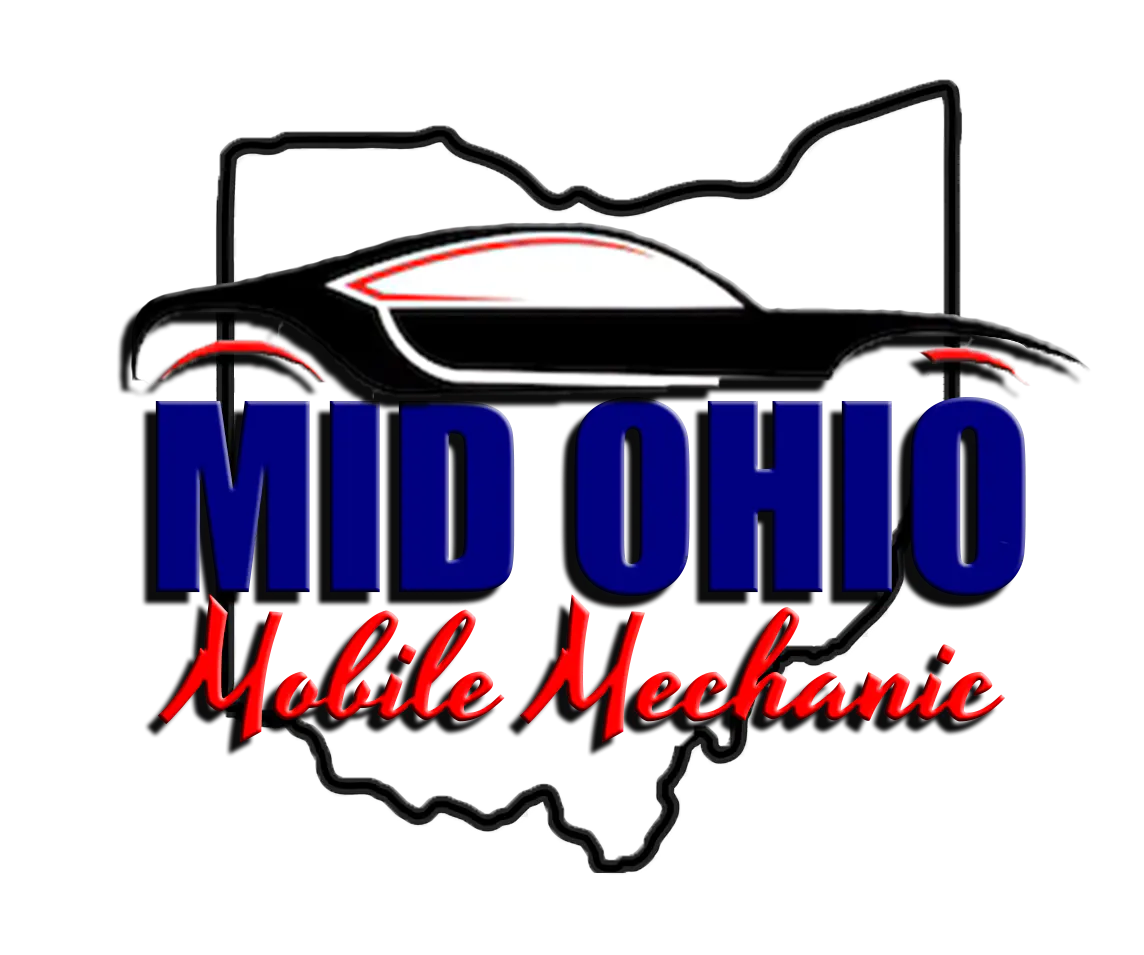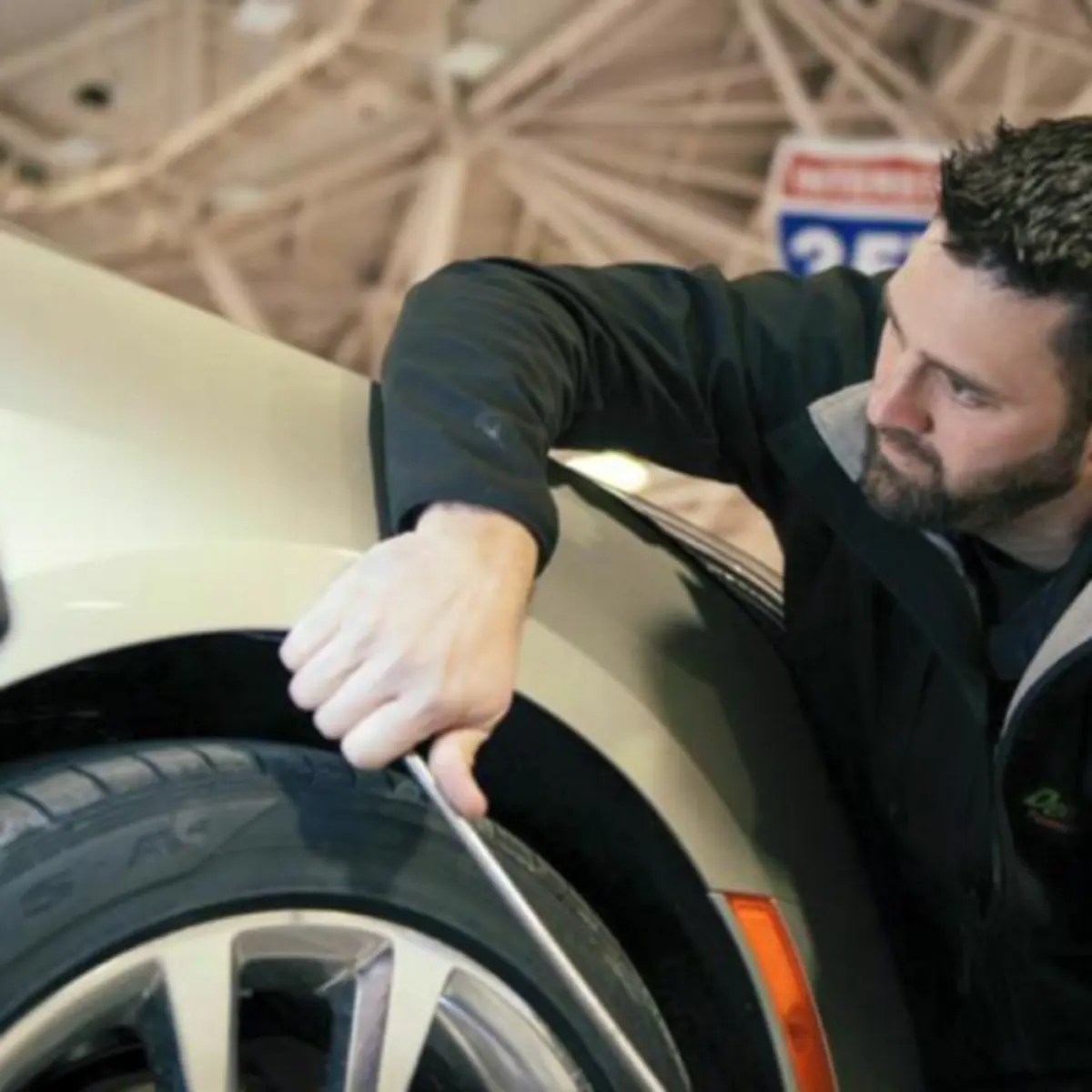Vehicle dents are one of the most common cosmetic issues that car owners face. Whether caused by minor collisions, parking lot mishaps, hailstorms, or even stray shopping carts, dents can detract from a car’s appearance and reduce its resale value. For car owners in Plymouth, MN, knowing the most effective methods of dent removal is crucial to maintaining both aesthetics and long-term vehicle health.
Modern auto body repair shops offer a wide array of dent removal techniques. Choosing the right method depends on the type, size, and location of the dent, as well as the car’s material and finish. In Plymouth, MN, professional technicians employ both traditional and innovative approaches to restore vehicles efficiently and effectively. This comprehensive guide explores the most effective dent removal methods available, their benefits, limitations, and what vehicle owners should consider before choosing a repair solution.
Understanding the Nature of Vehicle Dents
Before exploring dent removal methods, it is important to understand what dents are and why they form. A dent is a deformation of the car’s metal or composite surface, often caused by impact. The severity and type of dent determine the repair approach.
-
Shallow vs. Deep Dents: Shallow dents only slightly alter the surface and often don’t damage the paint. Deep dents may crack or chip the paint, exposing the underlying metal and risking rust.
-
Location Matters: Dents on flat panels are generally easier to repair, while those near edges, corners, or curved surfaces are more challenging.
-
Material Considerations: Steel, aluminum, and composite panels respond differently to repair techniques. Aluminum, used in many modern vehicles, is lighter and softer than steel, requiring specialized tools and handling.
By understanding the nature of the dent, technicians can choose the most effective method for complete and lasting repair.
Paintless Dent Removal (PDR)
Paintless Dent Removal (PDR) is one of the most popular and effective methods for minor dents. This method restores the panel to its original shape without affecting the paint.
How It Works
-
Technicians access the backside of the dent using specialized tools.
-
Gentle pressure is applied to push or massage the metal back into its original shape.
-
The process preserves the factory paint finish, avoiding the need for repainting.
Benefits of PDR
-
Cost-Effective: Because no repainting is required, PDR is often less expensive than traditional repair methods.
-
Time-Saving: Small dents can often be repaired in a few hours rather than days.
-
Environmentally Friendly: No paints, fillers, or chemicals are used.
-
Maintains Vehicle Value: Keeping the original paint intact helps preserve resale value.
Limitations
-
PDR is most effective on minor dents and dings.
-
Large or deep dents that damage the paint may not be suitable for PDR.
-
Requires skilled technicians with specialized tools to avoid damaging the panel.
In Plymouth, MN, several auto body shops specialize in PDR, particularly for hail damage and parking lot dings.
Traditional Dent Repair with Filling and Painting
For dents that are too severe for PDR, traditional dent repair methods are used. This approach often involves filling, sanding, and repainting.
The Process
-
Dent Assessment: Technicians examine the damage to determine the best approach.
-
Dent Pulling: A dent pulling system may be used to bring the metal closer to its original position.
-
Filler Application: Body filler is applied to smooth out the remaining imperfections.
-
Sanding and Shaping: The filler is sanded until it blends seamlessly with the surrounding panel.
-
Priming and Painting: A primer is applied, followed by paint and clear coat to restore the finish.
Benefits
-
Can repair larger, deeper dents that PDR cannot address.
-
Suitable for paint damage or cracks that require resurfacing.
-
Can restore panels to a like-new appearance when done professionally.
Limitations
-
Longer Repair Time: Traditional methods often require several days to complete, especially for multi-layer paint drying.
-
Higher Cost: Material and labor costs are higher than PDR.
-
Potential for Paint Mismatch: Improper color matching can reduce aesthetic quality.
Despite these limitations, traditional dent repair remains a critical tool for serious damage or paint compromise. Many Plymouth, MN shops combine traditional methods with modern technology to achieve high-quality results.
Suction and Pull Techniques
For minor, shallow dents on accessible surfaces, suction and pull techniques offer a simple and affordable solution. These methods are especially popular for DIY enthusiasts but are also used in professional shops for quick fixes.
Suction Cup Dent Pullers
-
Suction cups are applied to the dented area.
-
Pulling the cup gently lifts the metal back into shape.
-
Best for small, shallow dents on flat or slightly curved panels.
Glue Pulling Systems
-
Specialized glue tabs are attached to the dent.
-
A pulling device or slide hammer lifts the dent outward.
-
Particularly effective for dents in areas where backside access is limited.
Benefits
-
Non-Invasive: Does not require painting or sanding.
-
Quick and Cost-Effective: Minor dents can often be removed in under an hour.
-
Minimal Equipment Needed: Available for DIY or professional use.
Limitations
-
Less effective on deep, large, or complex dents.
-
Requires careful application to avoid damaging the paint.
-
May not fully restore panel curvature on more intricate surfaces.
Professional technicians in Plymouth, MN often combine suction and glue pulling with PDR for optimal results on minor dents.
Heat and Cold Dent Removal Methods
Some dents, particularly those caused by hail or small impacts, can be removed using controlled heat and cold applications.
Heat Application
-
Technicians use heat guns or specialized lamps to warm the dented area.
-
Heating the metal increases flexibility, allowing technicians to massage it back into shape.
Cold Application
-
Compressed air or dry ice may be applied after heating.
-
Rapid cooling causes the metal to contract, popping minor dents outward.
Benefits
-
Non-Paint Methods: Often avoids the need for fillers or repainting.
-
Quick Repairs: Some dents can be corrected in minutes using this technique.
Limitations
-
Effective only on minor, shallow dents with intact paint.
-
Requires experience to avoid damaging the finish or over-stressing the metal.
These methods are often used in conjunction with PDR for minor cosmetic repairs in Plymouth, MN.
Hail Damage Repair Techniques
Hailstorms are common in Minnesota and can leave vehicles covered in small dents. Specialized hail repair methods have emerged to address this widespread issue efficiently.
Paintless Dent Repair (PDR) for Hail
-
Most hail dents are small and shallow, making PDR ideal.
-
Technicians systematically massage dents from the underside to restore the panel.
Spot Pulling
-
For dents that cannot be reached from behind, glue pulling or suction methods may be used.
-
Ensures complete restoration without painting large sections of the vehicle.
Inspection and Documentation
-
Hail repair specialists document damage for insurance claims.
-
High-resolution photography and digital assessment tools are used for accurate estimates.
Plymouth, MN auto body shops often offer dedicated hail damage repair services, combining speed and precision to restore vehicles after storms.
Mobile Dent Removal Services
Modern technology has enabled mobile dent removal services, bringing professional repair directly to the customer’s location.
Advantages of Mobile Services
-
Convenience: No need to visit a shop—technicians come to homes, offices, or parking lots.
-
Fast Turnaround: Minor dents can often be repaired in under an hour.
-
Cost-Effective: Reduced overhead for mobile services can translate into lower prices.
Services Offered
-
PDR for minor dings
-
Suction and glue pulling
-
Hail damage repair
-
Small scratch and chip repair
Mobile services in Plymouth, MN are particularly popular for busy residents and fleet vehicles.
Choosing the Right Dent Removal Method
Selecting the most effective dent removal method depends on several factors:
-
Dent Size and Depth: Shallow dents may be repaired with PDR or suction methods, while deeper dents often require traditional repair.
-
Location of the Dent: Accessibility affects whether PDR, glue pulling, or heat/cold methods can be used.
-
Paint Condition: If paint is cracked or chipped, traditional repair is usually required.
-
Vehicle Material: Aluminum panels may require specialized tools, while steel panels are more forgiving.
-
Cost and Time Considerations: PDR is typically faster and cheaper, while traditional repair provides comprehensive restoration.
Professional technicians in Plymouth, MN evaluate these factors to recommend the best approach for each vehicle.
Benefits of Professional Dent Removal
While DIY kits and home methods exist, professional dent removal offers distinct advantages:
-
Expertise: Technicians are trained to handle various dent types and materials.
-
Advanced Tools: Access to laser scanners, specialized PDR tools, and glue pull systems ensures precision.
-
Warranty and Quality Assurance: Professional repair shops often guarantee their work, providing peace of mind.
-
Insurance Coordination: Shops can handle claims, documentation, and estimates directly with insurance providers.
Professional repair ensures that the vehicle is restored not only cosmetically but also structurally and functionally.
Preventing Dents and Damage
While repair techniques are advanced, prevention is always preferable:
-
Safe Parking: Avoid tight spaces, crowded lots, and high-traffic areas where door dings are common.
-
Protective Accessories: Car covers, side molding, and bumper guards can reduce the risk of minor dents.
-
Drive Carefully: Avoid debris, potholes, and hail-prone areas when possible.
-
Immediate Repairs: Addressing minor dents quickly prevents rust and paint damage.
Preventative measures can minimize repair costs and maintain vehicle value over time.
Conclusion
Dents are a common yet impactful form of vehicle damage that can affect appearance, resale value, and even structural integrity. In Plymouth, MN, car owners have access to a wide range of effective dent removal methods, from paintless dent repair and traditional filler-based methods to suction, glue pulling, and heat/cold techniques.
Selecting the right approach depends on dent size, location, paint condition, and vehicle material. Professional technicians provide expertise, specialized tools, and precision to restore vehicles safely and efficiently. For hail-prone areas or busy residents, mobile dent removal services offer added convenience without compromising quality.
Understanding the methods and their applications helps vehicle owners make informed decisions, ensuring that their cars remain in top condition while preserving value and safety. With the right approach, dent removal can restore both appearance and peace of mind, allowing Plymouth drivers to maintain their vehicles at peak performance and aesthetics.

